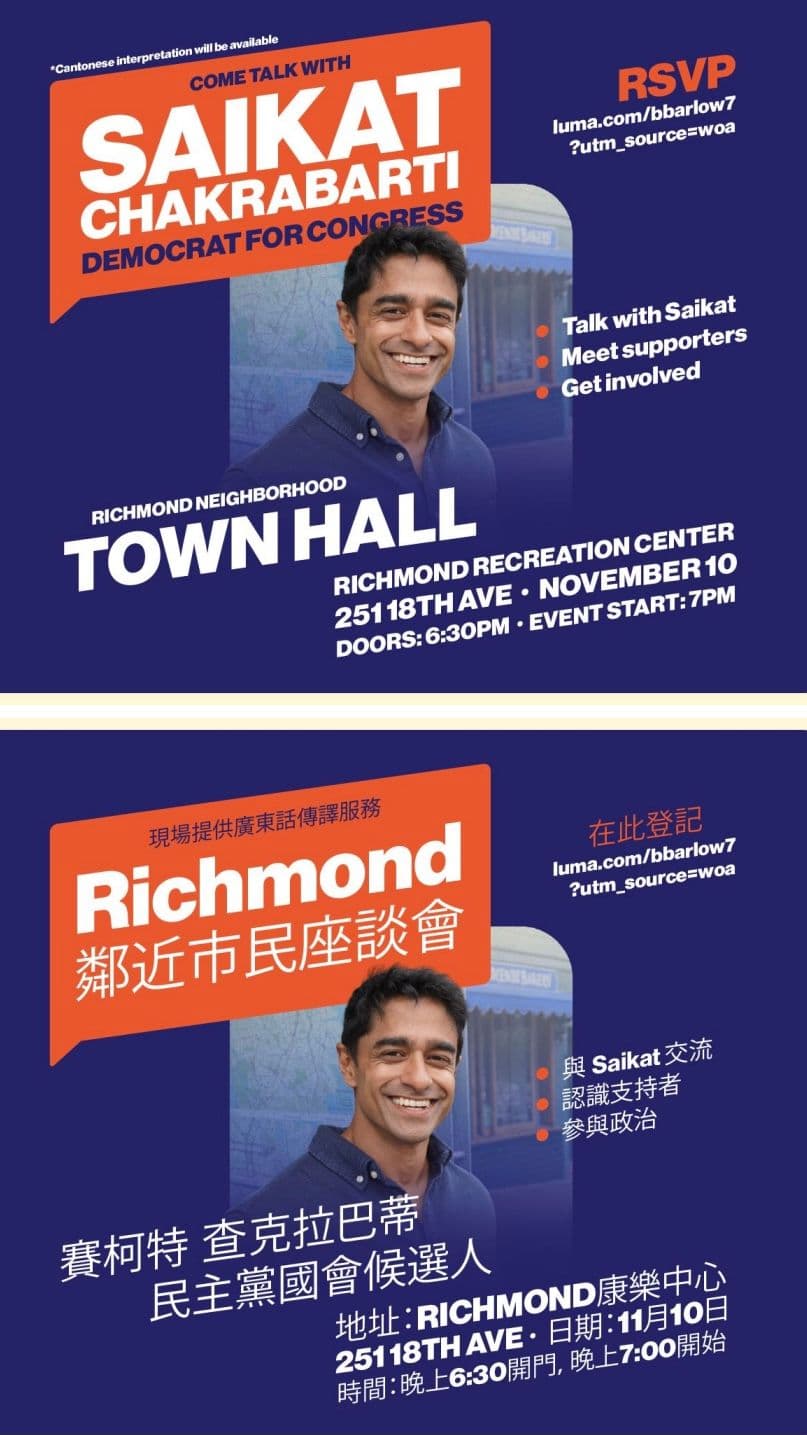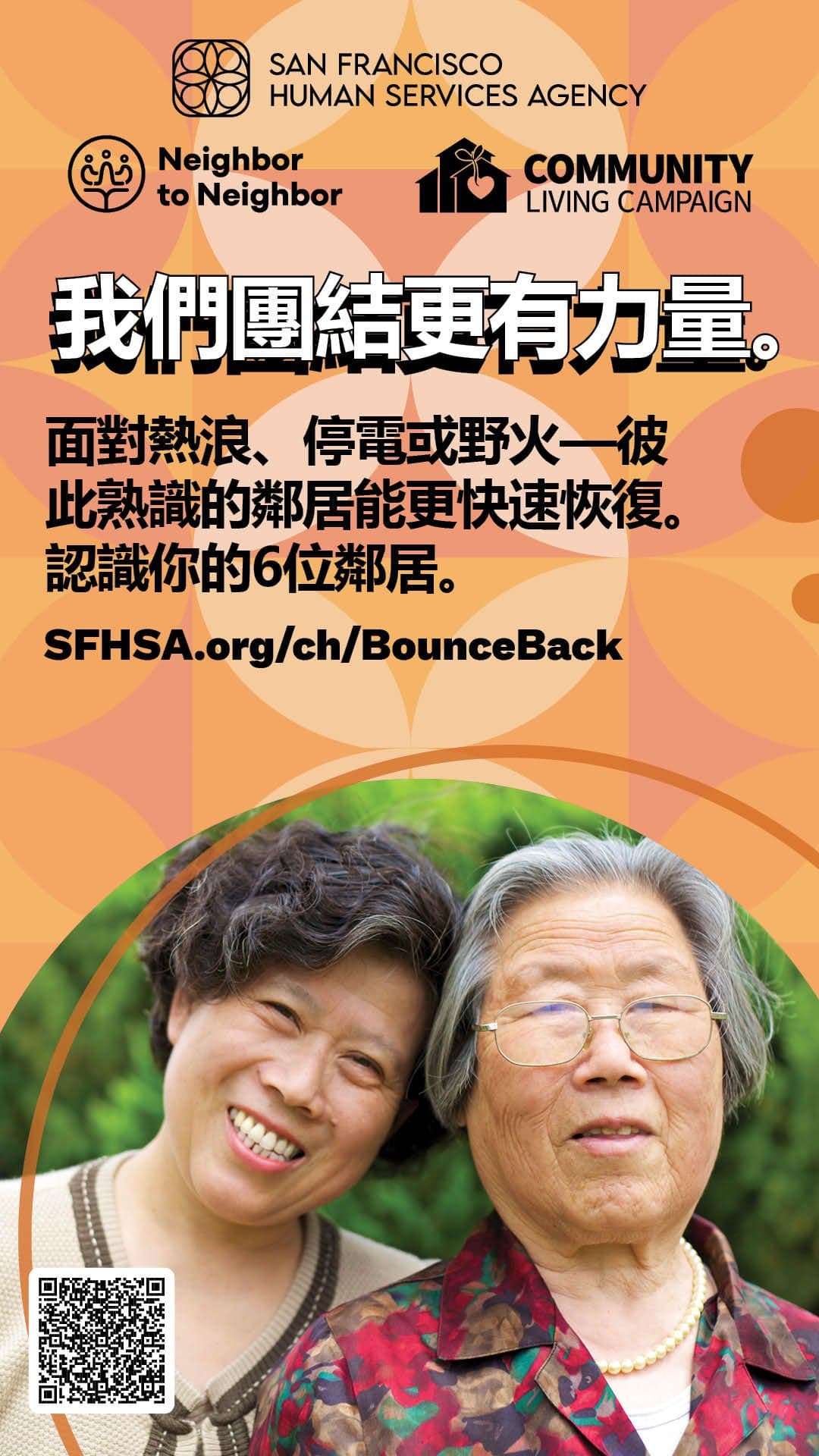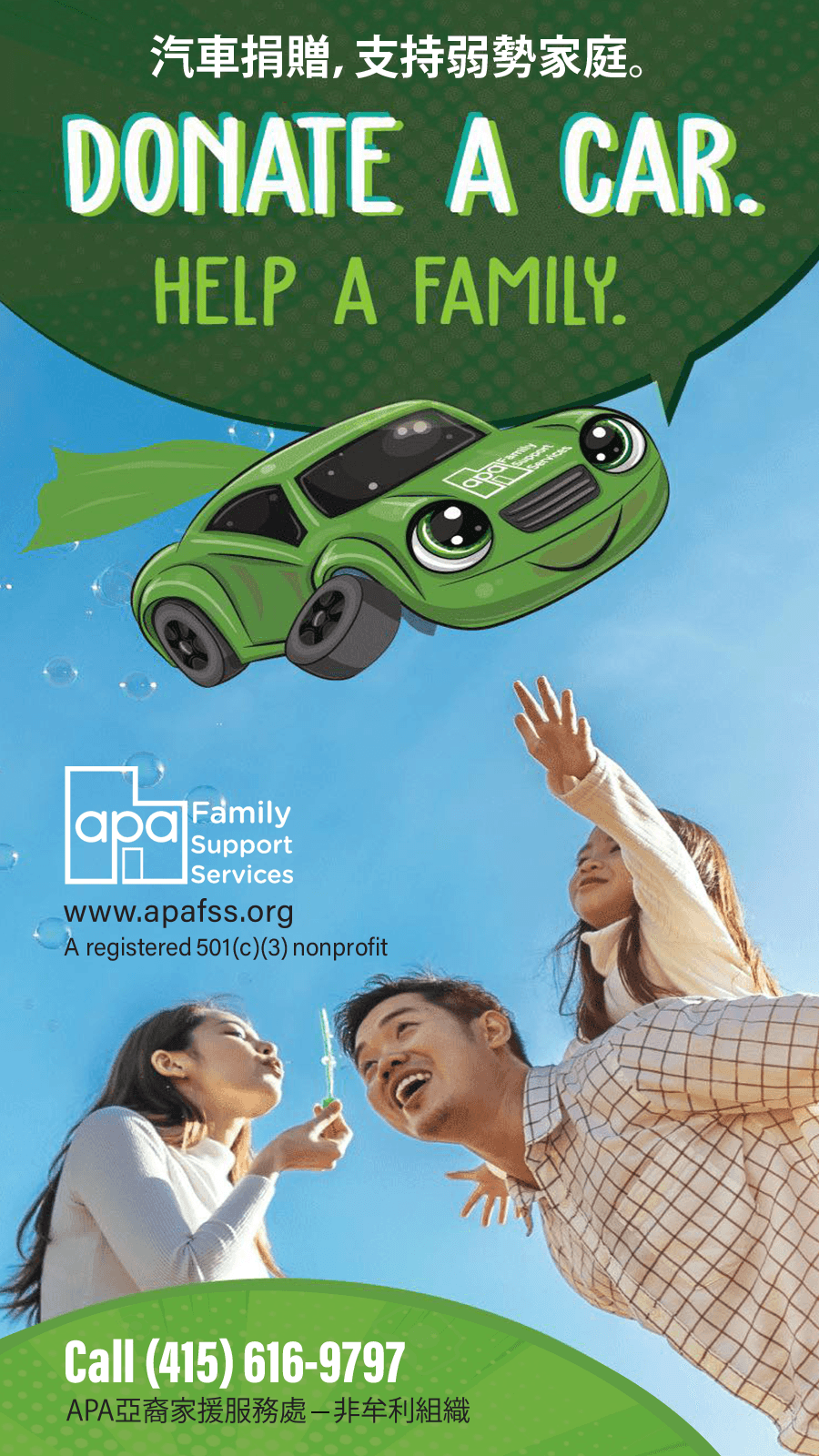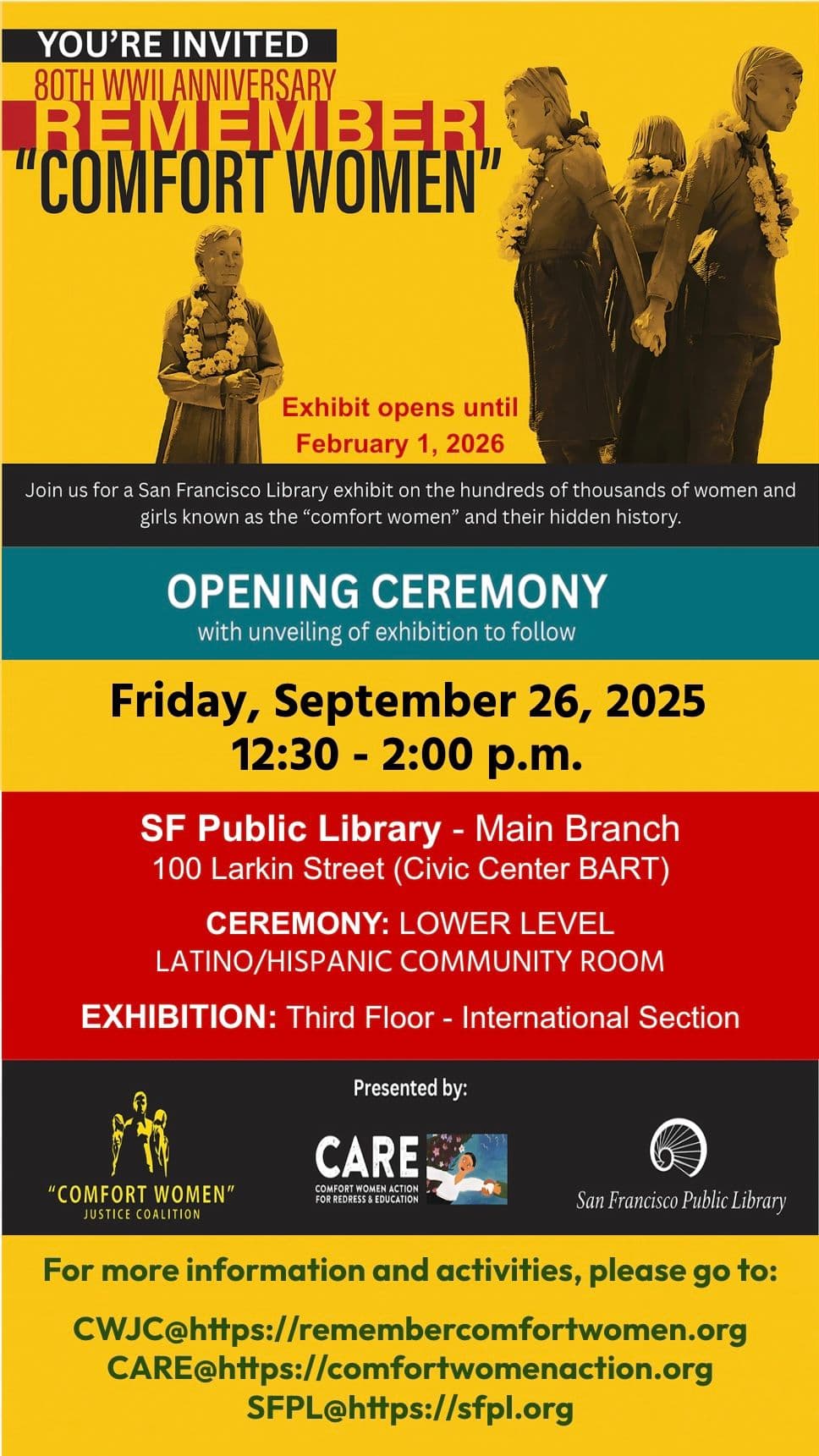Opinion: The Non Alien Box: A public narrative about invisible survivors

In Ross Alley, an old alley in San Francisco's Chinatown, a rusty abandoned newspaper box unexpectedly became the object of people's attention. This public art installation, called "Non Alien Box", was created by international students Xinling Wang and two of her friends, Grace Cao and Yunfei Hua, from the California College of the Arts.
The surface of the newspaper box is covered with colorful advertisements, but inside it hides more pointed questions - it is a mirror that reflects the survival wrinkles of a group of "invisible people" in American society: international students, short-term workers, and non-resident foreigners. Their stories are like pieces of papers blown away by the wind. This newspaper box tries to recapture those drifting voices. Their existence is like the faded red paint of the newspaper box, which is both eye-catching and deliberately ignored.
Wang, who graduated from the California College of the Arts, has always been exploring cultural coordinates in the fog of identity. As the project manager of the San Francisco Chinese Cultural Center, Wang discovered in her cooperation with the OUT Queer Museum that transnational mobile groups are facing a double dilemma - they have to rebuild their cultural identity in the new world and survive under the strict visa system.
The encounter with visual designer Cao and editor Hua has made the three “non-residents" determined to transform their individual situation into a public issue. They set their sights on more than 300 abandoned newspaper boxes in the city. These metal containers, once abandoned by capitalism, unexpectedly became the perfect carriers of immigrant narratives.
Temporary identity: an endless survival game
"From F-1 (student visa) to OPT (professional internship) to H-1B (work visa), this path is like a game of passing levels, but no one tells you that the rules of the game that may be rewritten at any time," an anonymous contributor scribbled on a small advertisement.
The United States attracts more than one million international students every year. They flock to Silicon Valley, Wall Street and top laboratories with the labels of "high education and high skills", but gradually become "cheap labor" in the maze of identity systems.

The OPT visa allows a 12-36-month internship period after graduation, but in reality, it has become a hotbed for employers to exploit - international students have to accept low wages, overtime work, and even give up labor rights to appeal in order to keep their visas.
Even more cruel is the H-1B lottery system. Nearly 500,000 applications compete for 85,000 work visas each year. The winning rate is less than 20%. Those who have failed to win the lottery are forced to leave, or transfer to community colleges to "continue their identities", and fall into the vicious circle of "student-temporary worker- student".
"I have been writing codes in Silicon Valley for five years, and the company's profits have tripled, but my green card queue is still ten years away. My existence is like a line of codes that can be deleted at any time,” an Asian international student wrote in his submission piece which tore open the bloody reality.
The “Buy American and Hire American” executive order signed by President Donald Trump has tilted the rules of this survival game even more dramatically. H-1B visa review has become stricter, and the rejection rate has reached a record high of 29%. The more hidden harm comes from the expansion of the “Public Charge” rule.
Although international students are already prohibited from having public welfare, the Trump administration has included “using Medicaid and housing subsidies” and other behaviors in the negative list of immigration review, forcing many people to give up medical treatment when they are sick. “I dare not go to the hospital even if I have a fever of 39 degrees, for fear of affecting my green card application.” The trembling handwriting on a small Chinese advertisement hits people’s hearts. This kind of institutional intimidation has turned the bodies of “non-resident aliens” into collateral for visa games.
Confessions of an Aphasic Person: when "non-residents" become structural violence

Non Alien Box alludes to the word "discrimination", but rarely points to naked racism. More stories reveal a systematic identity violence: landlords refuse to offer long-term rental contracts due to visa validity; banks close credit card applications for those without SSN (Social Security Numbers); medical insurance companies raise premiums due to the OPT stage as an "identity window period".
All these institutional exclusions in daily life pin "non-resident foreigners" on the label of "passers-by", even though they pay taxes for the city and fill the gap in the labor market. "We are not transparent people, we are one-way glass - we can see the United States, but the United States cannot see us," a short-term worker revealed the collective dilemma of the group. Many international students are forced to leave because they cannot get H-1B visas, disappearing without a trace, as if they had never been here.
The artistic practice of Wang's team is essentially a struggle for narrative rights. They deliberately chose Chinatown, a neighborhood where is both a shelter for immigrants and marginalized space by mainstream society, to disguise the newspaper boxes as everyday objects, but they subverted the tragic framework of traditional immigrant narratives.
"I miss my hometown, but I can't go back," someone wrote in his native language. The revelation of Non Alien Box may be that when institutional oppression is difficult to shake, making the invisible visible is itself a political action.
Similar "story exchange stations" have aroused the union's attention to the rights of OPT workers. On the wall of a technology company in the San Francisco Bay Area, there was a declaration from a contributor who wrote, "My codes allow self-driving cars to learn to recognize the roads, but who will recognize our existence?"
Non Alien Box did not give an answer, but it successfully stuffed this question into the capillaries of the city. When passers-by stopped to read the broken handwriting, a dialogue about who has the right to define "us" and "others" has quietly begun.
The permanent questioning of temporary identity

The plight of this group of "highly skilled temporary workers" exposes the fatal cracks in the citizenship system in the era of globalization: when capital and knowledge flow freely, human rights are fragmented by national borders.
Non Alien Box is not only an art project, but also an unfinished declaration - it questions what justice is, what belonging is, and whether we should first take off the exclusive hat of "non-resident foreigners" when we talk about "immigration".
After all, in the twilight of Chinatown, the stories stuffed into the newspaper boxes have long proved that no one is born "other". "These metal containers are the visa cages that trap us, but when we inject stories into them, they become resonance boxes that break the silence. This is our story and our silent cry," Wang emphasized in the manifesto.
*Peter Huang is a first-generation immigrant from China. He has been an artist in China and San Francisco for decades, and a small business owner in San Francisco's Chinatown.
- SNAP (Food Stamps) to stop issuing funds in November, participants begin to save current benefits for future food
- Letter to the Editor: Yes on 50 is our best defense
- APA Family Support Services’ permanent home becomes a new landmark in Excelsior
- Chinese American voters reluctant to support Proposition 50 in California’s November 4 election
- Jing Ying Institute shares the beauty of Cantonese Opera with wider communities by launching its first talkback show
- San Francisco Public Library provides free professional financial planning advice and services
- California offers grants of up to $3,000 each qualified homeowner for seismic retrofit, new registration deadline: Oct 17, 2025
- District 4 voters overwhelmingly recall Supervisor Joel Engardio for a new lawmaker to be passionate and thoughtful







